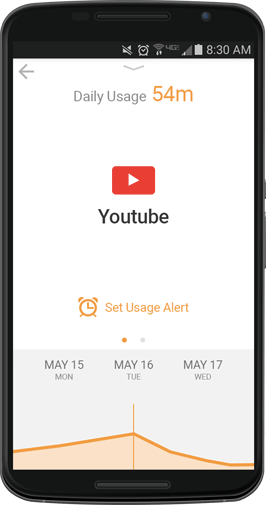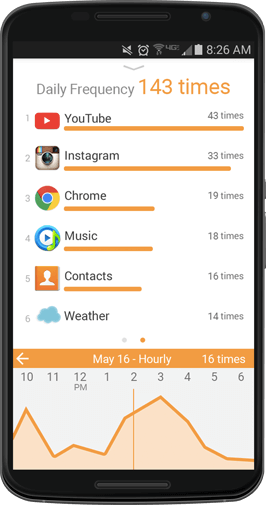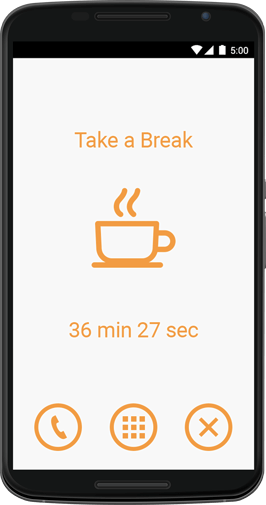Challenge
Initially, we wrote software for a PC-like device that was equally good for homes and businesses. Giving its users the access to Android apps, the device also lets parents track their kids’ activity. Later on, the concept of parental control was extended and resulted in a couple of Android apps that could monitor mobile devices.
At the time, we were engaged in the development of the Parental Control app that allowed mothers and fathers to impact their children’s pastime.
That wasn’t the end of the story — simplicity and a bunch of the app’s opportunities motivated the customer to think about expanding control over the users themselves, not limited to kids only. The SCAND mobile development team was eager to implement the idea and create one more app, Self-Control, this time aiming to reduce addiction to the mobile phones
Approach
During the backend development, our team preferred the Amazon server, therefore, all data is stored in the Amazon cloud.
We used push notifications for IFTTT integration.
As the customer required a fully dynamic user interface, we ensured smooth screen transitions.
Key Features
While working on the app for self-monitoring, we put the following features into action:
- Self-Control works in the background and informs its users about how much time they spend on their phones and the apps downloaded.
- The app provides an extensive picture of timeline activities, specifically, the number of screen locks/unlocks, the list of top apps and time taken for them, total device usage, etc.
- Summary of mobile phone usage over a particular period of time (a day, week, or month) can be provided.
- Users are free to create app usage alerts that remind them of the excessive interest in a particular app. Blocking apps is also possible.
- Integration with the IFTTT service. The service allows creating chains of applets and setting personalized alerts. For instance, if there is a new photo on Instagram, it could be automatically saved to the Google Drive. In case users exceed their mobile phone usage or app usage limit, specific actions from their side are required.
- Managing time devoted to mobile devices by planning the Breaks.
- Full data backup in the cloud. All data is transferred to any device where users are logged in.
- Focus on visualization. Information on the phone or apps usage and daily, weekly, or monthly activity is presented in the form of detailed charts.
- Integration with Facebook. First, users can log in with Facebook. Also, they actively use their personal Facebook accounts for social purposes to share the info about the app usage as pictures with the relevant text.
Result
Our mobile development team created the Android Self-Control app that tends to become a must-have for mobile apps addicts and help them analyze their mobile phone habits.
Related Cases
- Java
- Android SDK
- Java
- Objective-C
- GPS
- Java
- Objective-C


